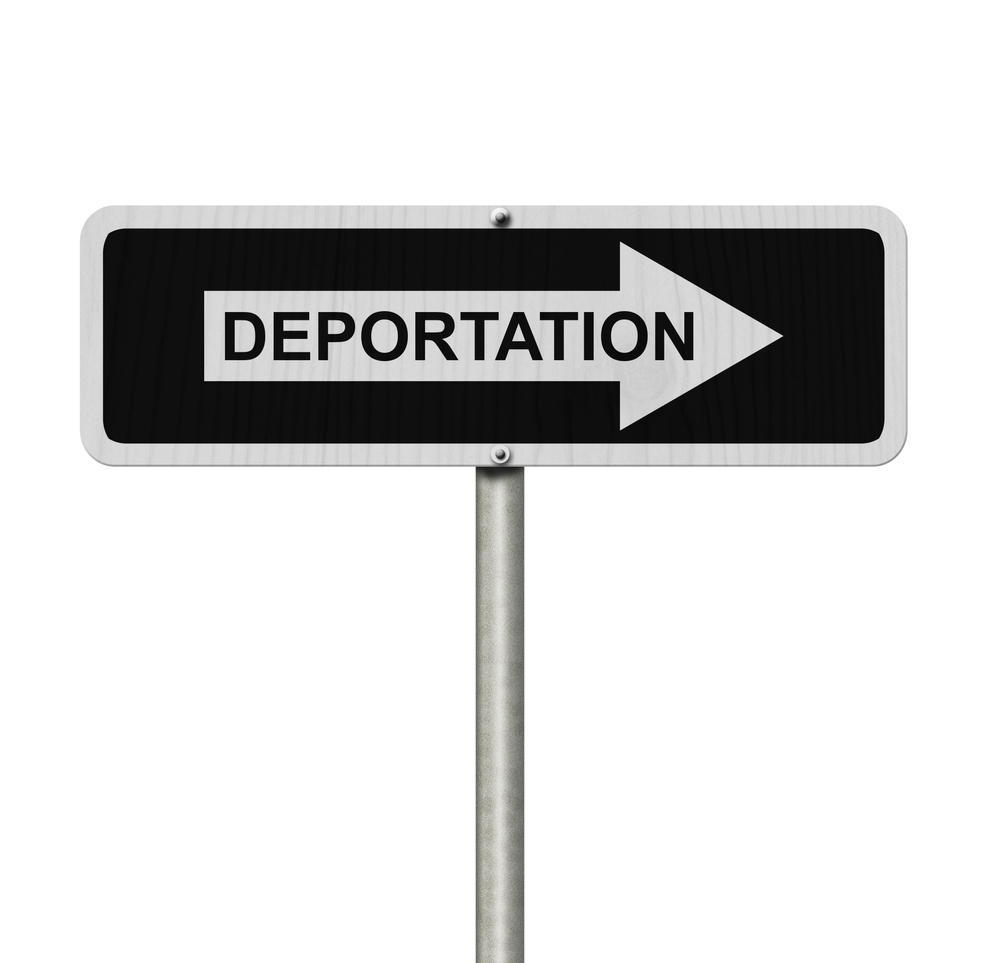2025 is here, and with the new year comes a new approach to Immigration. In late October 2024, the Canadian Government announced its intent to temporarily slow population growth to ensure well-managed, sustainable growth in the long term (source). In order to achieve this, the 2025-2027 Immigration Levels Plan was introduced, providing permanent resident admissions targets for this year, as well as notional commitments for 2026 and 2027. For those seeking to enter or remain in Canada, it is integral to be aware of these changes and how you can best navigate them to achieve your goals.
At Vayeghan Litigation, we understand that Canada’s evolving immigration policies are complex and can often be stressful for students, families, and those wishing to remain in the country. Backed by decades of experience, our team of immigration lawyers are here to help you make informed decisions and navigate the immigration process with clarity and confidence.
Below, we’ll discuss the changes highlighted in the 2025-2027 Immigration Levels Plan; read on to learn more.
Canada’s New Immigration Approach for 2025 and Beyond
In response to the unprecedented number of temporary residents that have entered the country within the last few years (up to roughly 2.5 million or 6.2% of the population in 2023) (source) , the Canadian Government has decided to temporarily slow the pace of immigration. The target for new permanent residents (PRs) has been reduced from 500,000 to approximately 395,000 in a bid to ensure that Canada’s housing market and social services are able to keep pace with the growing population.
With several major Canadian cities struggling with housing crisis affordability factors, the Government hopes to alleviate some of the most pressing concerns facing Canadians, balance population growth, and allow infrastructure to catch up, allowing both newcomers and established residents to thrive.
What This Means for PR Seekers
News of the Government’s evolving policy has, understandably, been a source of stress for some; it is important to be aware that this shift in immigration targets does not signal the end of opportunities but rather requires a strategic approach.
While we can anticipate that competition for PR status may increase with fewer spots in certain categories, programs like Express Entry and the Provincial Nominee Program (PNP) still remain a valid route for skilled workers, and others may find alternative measures that make them preferable candidates.
For those seeking to apply for PR status, it is crucial to have the right qualifications, knowledge and experience of Canada’s immigration system. Partnering with Vayeghan Litigation’s team of immigration lawyers makes navigating each step of the application straightforward and can help you determine which program best suits your skills, background, and needs to help your bid stand out.
Impact on Workers and Employers
The Government of Canada has introduced new minimum wage thresholds for the Temporary Foreign Worker Program (TFWP), among other changes such as stricter rules to prove business legitimacy, one-year work permit duration for low-wage stream workers ( three years for high-wage workers), and the implementation of automatic Labour Market Impact Assessments (LMIA) applications for low-wage occupations in Census Metropolitan Areas with an unemployment rate of 6% or higher. The workforce cap for low-wage stream employees has also been dropped from 20% to 10%.
While the government continues to prioritize the hiring of highly skilled workers to fill labour gaps and diversify Canada’s competitive advantage on the global stage, these new rules may mean longer wait times for applicants and that businesses will face a much higher level of scrutiny that increases competition for workers.
Working with an immigration lawyer gives you access to experienced professionals who know how to navigate work permits, tailor your application for the best chances of success, and streamline the process to avoid delays. The team at Vayeghan Litigation provides comprehensive assistance for both workers and employers, offering guidance on work permits, LMIA requirements, and post-arrival compliance.
International Students
Under the government’s new measures, International Study Permits are a particular area of reduction. The volume is expected to reduce by approximately 300,000 over the next three years. As with the TFWP, this likely indicates an increase in competition for student visas, and those looking to transition from the student to PR track can likely anticipate greater scrutiny on their application.
with the volume expected to reduce by approximately 300,000 over the next three years.
Canada continues to view international students as a crucial component of its immigration strategy. However, changes in immigration levels may mean increased competition for student visas and a more complicated path from student status to permanent residency.
At Vayeghan Litigation, we offer specialized advice for students, helping you navigate the complexities of study permits, work permits, and PR applications so you can continue to study, learn and grow in the country you love.
Moving Forward: Achieving Success in Canada’s Evolving Immigration Landscape
Canada’s immigration strategy is becoming increasingly nuanced, shifting from an open-door approach to a balanced framework designed to address both national and newcomer needs. After a long period of unprecedented growth, the government is aiming to rebalance population distribution while still remaining a global leader in attracting skilled talent and supporting family reunification.
At Vayeghan Litigation, we stay on top of evolving policies to ensure our clients have the most current and relevant legal guidance. Whether you’re applying for a work permit, seeking permanent residency, or planning your studies in Canada, our team is here to help you navigate the process efficiently and successfully.
CONTACT US NOW at 778-653-3995 or email us at law@mvlitigation.com to receive an initial consultation today.



